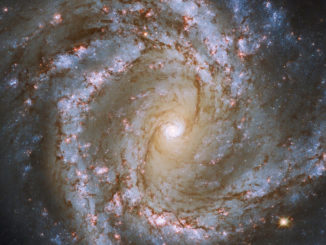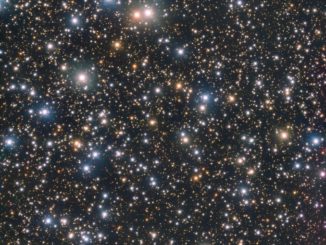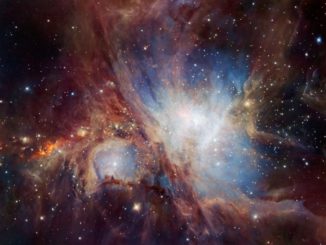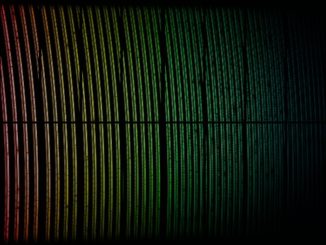
ESO’s Very Large Telescope

Picture This

News

Picture This

Picture This

Picture This

News

Picture This

News

News

News
